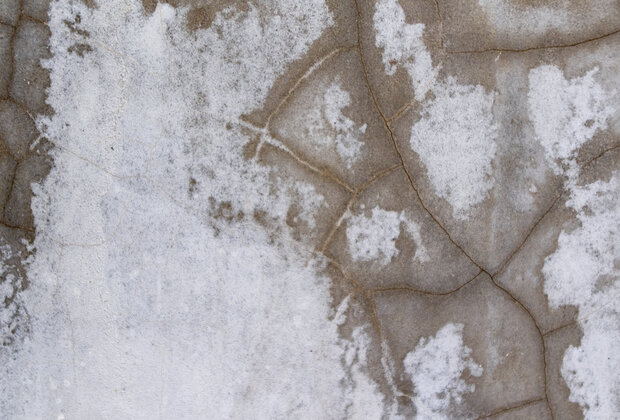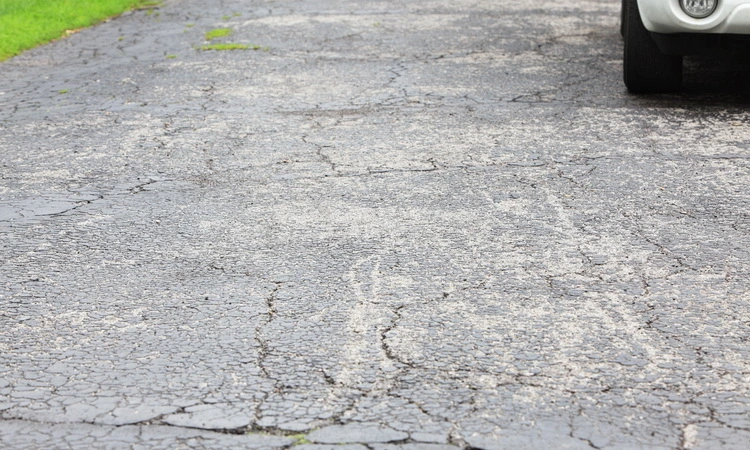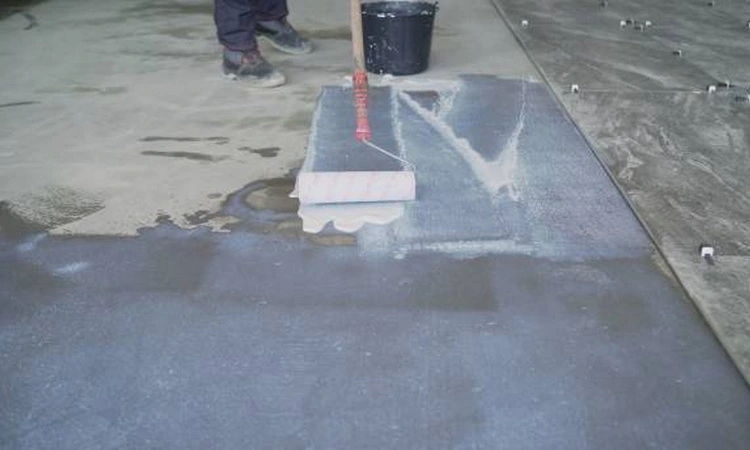For the property owner, investing in a concrete structure, whether as a sidewalk, a driveway, or even flooring is a good decision.
When installed properly, these structures can add both practical and aesthetic benefits to your home, and can also go so far as to boost your property value.
This is why, as a homeowner, it is in your best interests to protect your investment and get as much out of your concrete structure as you can. One of the biggest concerns that many homeowners have with their concrete is when it starts to crack. It’s important to understand that cracking is perfectly natural in concrete and other building materials, and it is to be expected.
However, there are certain kinds of cracking that should be addressed, as they can lead to more serious problems down the line.
1. Poor Installation
One of the most common reasons that concrete cracks are due to improper installation. This can be caused by anything from not using the right mix, to not curing the concrete properly.
If your concrete has cracks that are more than a quarter of an inch wide, then it’s highly likely that the problem lies with the installation of the concrete. In this case, you will need to consult with a professional to have the problem taken care of.

The best way to avoid this issue is to make sure that the concrete contractor that you choose to work with is one that can be trusted with your concrete project. Concrete Star is a reputable, Calgary-based concrete contractor that can help you with any and all of your concrete needs.
2. Too Much Water In The Concrete Mix
Another common reason for concrete cracking is due to the presence of too much water in the mix. When there is too much water in the mix, it can cause the concrete to shrink as it dries, which eventually leads to cracking.
The best way to avoid this problem is to make sure that you follow the instructions on the bag of concrete mix that you are using. If you are unsure of how much water to add, it is always better to err on the side of caution and add less, as you can always add more if needed.
However, if you’re working with a professional concrete contractor, then you have to make sure that you work with a contractor that is familiar with the professional standards involved in a concrete pavement installation.
3. Concrete Pouring During Cold Temperatures
Another problem that can lead to concrete cracking is pouring the concrete during cold temperatures. When concrete is poured in cold weather, it can freeze before it has a chance to set properly, which leads to cracks.
If you are planning on pouring concrete in cold weather, it is important to take precautions to prevent the concrete from freezing.
While it’s best practice to install your paving during the warmer season, there are some of the things that you can do to guarantee a successful installation, even during the winter months. This includes using a concrete mix that is designed for cold weather, heating the area where the concrete will be poured, and using blankets or other insulation to keep the concrete warm.
4. Drying Too Quickly
Another potential issue that can cause concrete to crack is if it dries too quickly. When concrete dries too rapidly, it can lead to what is known as “shrinkage cracking”.
This type of cracking occurs when the outside of the concrete dries before the inside has had a chance to properly set. To prevent this from happening, it is important to keep the concrete damp during the curing process. This can be done by spraying it with water, or covering it with a wet cloth.
5. Temperature Changes
Another common reason for cracking is due to expansion and contraction. Keep in mind that while concrete is undeniably a very strong material, its rigidity can prove to lend a hand to potential cracking issues as well. When the surrounding temperature changes because of climate and weather, the concrete can expand and contract slightly.
While this movement alone is usually not enough to cause cracking, keep in mind that if there are already cracks in the concrete, this expansion and contraction can cause them to widen.
This is one of the reasons why it’s important to keep an eye out for any small signs of cracking so that they can be addressed before they have a chance to worsen.
One way to help prevent this type of temperature-based cracking is through the use of expansion joints. These are strips of material that are placed in between sections of concrete.
They act as a buffer and can help to absorb the movement of the material so that it doesn’t cause the cracks to widen, minimizing the worst of the damage.
What Can You Do to Address Cracking In Concrete?
Now that we’ve gone over some of the common reasons for why concrete cracks, you may be wondering what you can do to address the issue. While some causes of cracking, such as pouring concrete during cold weather, are out of your control, there are a few things that you can do to help prevent or minimize cracking.
If you have an existing concrete structure that is starting to crack, there are a few things that you can do to try and stop the cracking from getting worse. One is to use a sealant. This will help to fill in the cracks and make them less visible. It will also help to protect the concrete from further damage.
Another option is to use a patching material. This can be used to fill in larger cracks, and can also help to prevent water and other elements from seeping into the crack and causing further damage.
If the cracking is severe, you may need to have the concrete replaced. This is usually a last resort, as it can be expensive and time-consuming. However, if the damage is extensive, it may be the best option to ensure the safety of the structure. A professional concrete contractor like Concrete Star can help guarantee that the repair of your pavement is a smooth and problem-free one.
Preventing Concrete Cracks
Of course, the best way to deal with concrete cracks is to try and prevent them from happening in the first place. As we mentioned before, one of the best ways to do this is by guaranteeing that your concrete is installed by an experienced professional. A majority of premature cracking in your concrete is caused by poor installation.
In addition to this, you should make sure to stay on top of your concrete maintenance through regular visual inspections and maintenance. Basic crack filling and sealing and staying within the weight limits of your driveway can go a long way in preventing the formation of cracks in your concrete.
Neglecting your pavement is one of the fastest ways to pavement damage, so taking the time to assess the condition of your pavement and implementing a preventative maintenance plan can go a long way.
If you’re concerned about cracking in your concrete, the best thing to do is to consult with a professional. They will be able to assess the situation and give you the best advice on how to proceed. In some cases, it may be necessary to replace the concrete entirely. However, in many cases, there are things that can be done to repair the damage and prevent it from getting worse.

